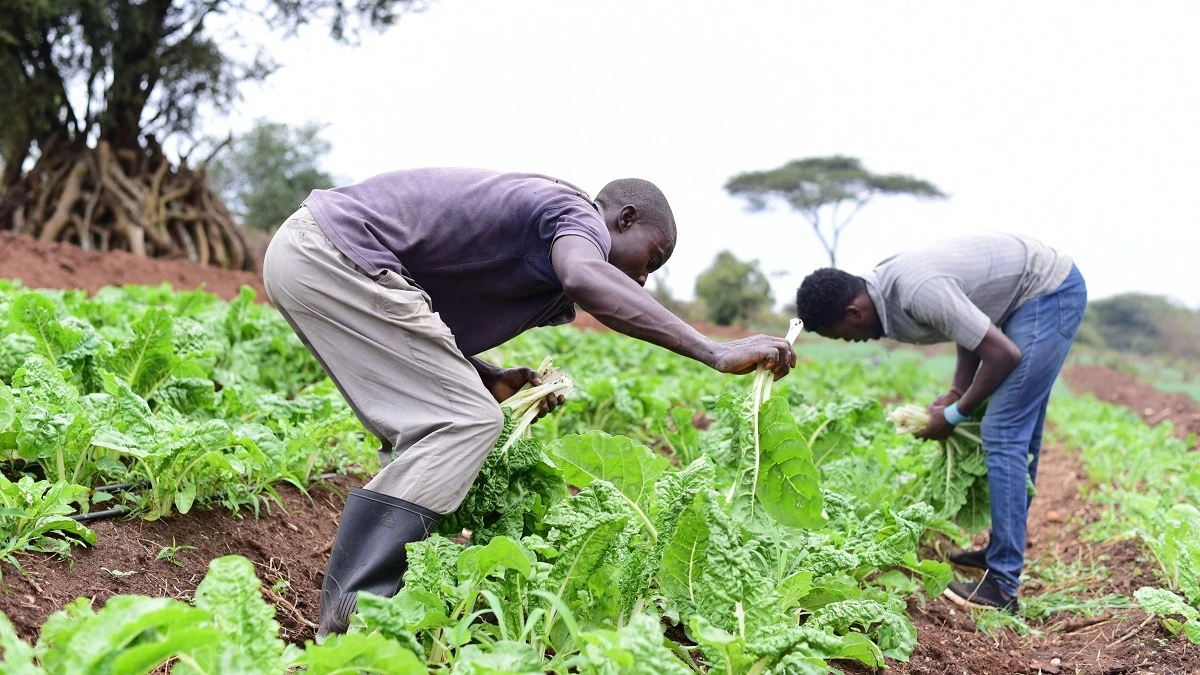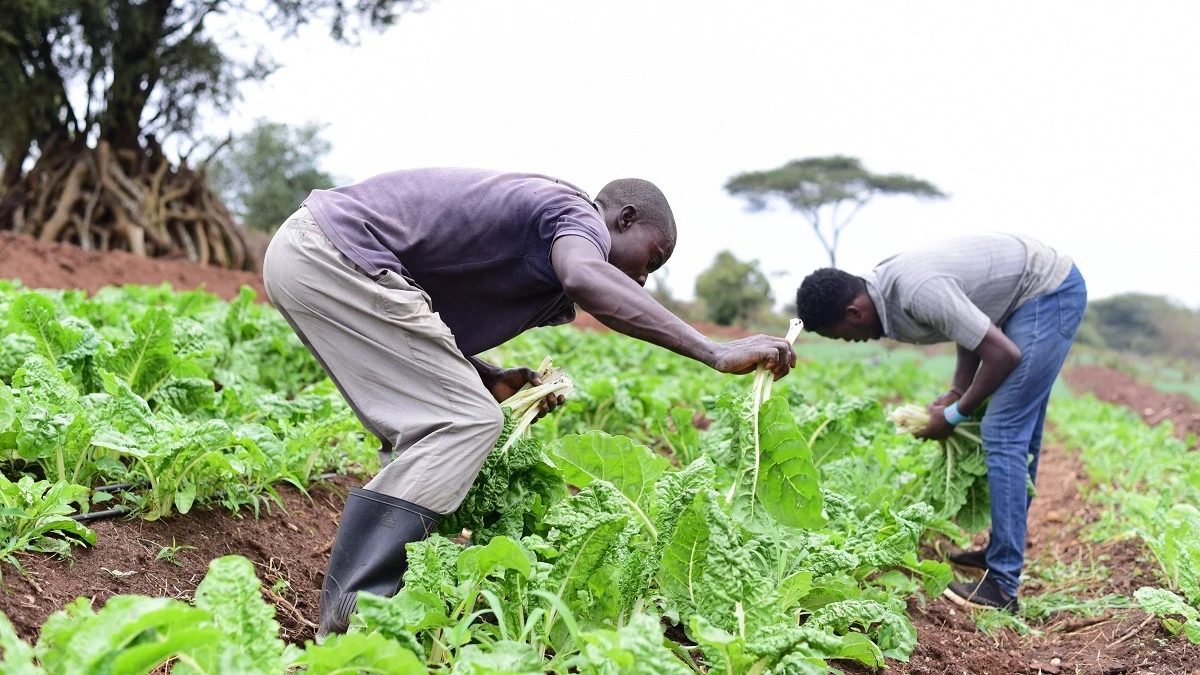Agriculture needs predictable markets, land collateral basis

THE National Assembly is only a day to the convening – in the national capital, Dodoma – for the 2024/2025 edition of the marathon Budget meeting.
It is said that one of the issues to be deliberated on will likely be a proposal by the government to introduce incentive packages for increased productivity in agriculture.
It is quite possible that there are areas of policy or perhaps ‘reward’ for productivity that the Agriculture ministry deems it appropriate to bring to light.
But that will be usable only in addition to what is envisaged in the 4Rs – what President Samia Suluhu Hassan sees as the pillars of multiparty democracy. These are reconciliation, resilience, reform and rebuilding.
That essentially means that agriculture first needs to be reformed so as to be efficient and resilient especially to hazards of climate change now piling up.
There was an event that apparently isn’t routine, viewed as revolving around the first-ever agro-sector financing policy in Tanzania.
The respective minister said that the government was committed to ensuring that capital was accessible to make the sector active and effective for economic growth.
That invariably meant pushing the issuance of more loans by specialised institutions like the Tanzania Agriculture Development Bank, a side show from the TIB Bank which at one point had upwards of 80 per cent of its lending listed as non-performing loans.
It has long been evident that agriculture is a sphere where banks think twice before lending, mainly on account of its reliance on rain-fed farm units and lack of assured markets at predictable prices locally or regionally.
International markets have usually been relevant for cash crops where exactly the same problem obtains, until lately with horticulture, and it is hardly stable enough for banks to start lending in substantial quantities.
It is bankable individuals who receive loans rather than strategic lending to the sector, given its considerable fissures.
The scenario in which policy spin was being made was a meeting of cotton stakeholders, and this hinges on one of the spheres where farmers can definitely do much with incentives.
With ever-diminishing cotton prices owing to synthetics and full mechanisation, incentives to farm the crop hover between modest to poor, depending on the year. It is possible despair was setting in already.
Meeting participants included officials from regional and district commissioners’ offices in cotton farming areas, farmers, ginnery operators and cotton dealers.
It was unclear if those present were actually seeking an agriculture financing policy as different from a cotton input subsidy policy or initiatives to improve the pricing expected.
It appears that the minister is aware that farmers of a number of cash crops are in a similar position, and the blanket reduction by half of fertiliser prices is not enough.
The minister wants a stand-alone agriculture credit policy, while banks are said to find this far too risky.
Accordingly, one finds that the cotton farmers just like those of most other cash crops, basically want to be provided with a sort of wage for farming cotton, coffee, coffee, tea, tobacco, etc.
The government has for a while been pushing for what officials describe as agribusiness, but there is no room here for easing ownership so that farms can be used as collateral for bank loans, igniting fast growth in the sector.
What agriculture needs is large amounts of money as capital flowing into the sector rather than loans. Loans are workable when everything else is in place, including the right price with which banks can recover the loans.
This is where clan land fails; crops don’t yield enough money by global price trends to pay for all farming needs, and live fairly well after paying the loans. It is a vicious cycle.
Top Headlines
© 2024 IPPMEDIA.COM. ALL RIGHTS RESERVED

















